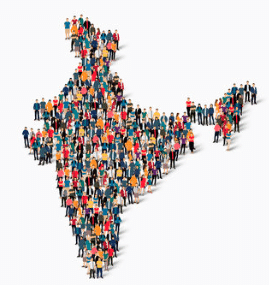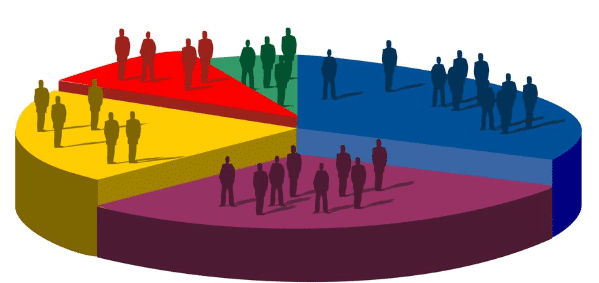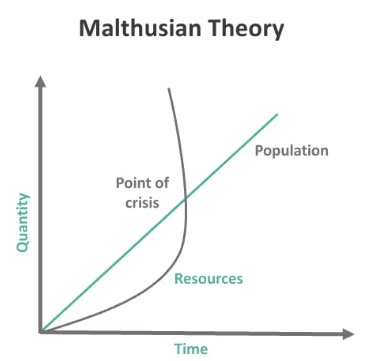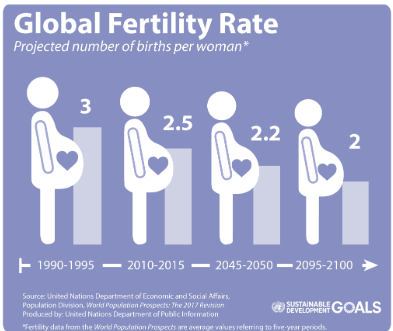|
True or False: Social demography only focuses on statistical data without considering societal impacts. |
Card: 3 / 28 |
|
False. Social demography examines both statistical data and the societal consequences of demographic changes. |
Card: 4 / 28 |
|
The Malthusian Theory posits that human populations grow at a faster rate than the means of human subsistence, leading to ___ and ___. |
Card: 5 / 28 |
|
True or False: According to the Malthusian Theory, agricultural production increases at a geometric rate. |
Card: 7 / 28 |
|
What is the main implication of the disparity in growth rates highlighted by the Malthusian Theory? |
Card: 9 / 28 |
|
The main implication is that population growth will always outstrip agricultural production, leading to a perpetual state of poverty. |
Card: 10 / 28 |
|
The only way to increase prosperity, according to the Malthusian Theory, is by controlling ___ growth. |
Card: 11 / 28 |
|
Fill in the blank: The Malthusian Theory suggests that population growth follows a ___ pattern, while agricultural output increases only in an ___ pattern. |
Card: 13 / 28 |
 Unlock all Flashcards with EduRev Infinity Plan Starting from @ ₹99 only
|
|
Malthus argues that natural checks such as famines and diseases are necessary to ___ the imbalance between food availability and population growth. |
Card: 15 / 28 |
|
In the first stage of demographic transition, high birth rates are primarily driven by a lack of ___ and awareness about smaller families. |
Card: 17 / 28 |
|
The second stage of population growth is characterized by ___ birth rates and ___ death rates. |
Card: 19 / 28 |
|
True or False: In the second stage of population growth, death rates rise due to the increased availability of healthcare. |
Card: 21 / 28 |
|
False; death rates drop significantly due to increased healthcare availability. |
Card: 22 / 28 |
|
A population explosion occurs, creating a demographic divide where the working population grows faster than the non-working population. |
Card: 24 / 28 |
|
The fertility rate is defined as the number of live births per ___ women aged 15 to 49. |
Card: 25 / 28 |
|
True or False: A high maternal mortality rate indicates improvements in medical care and living standards. |
Card: 27 / 28 |

























